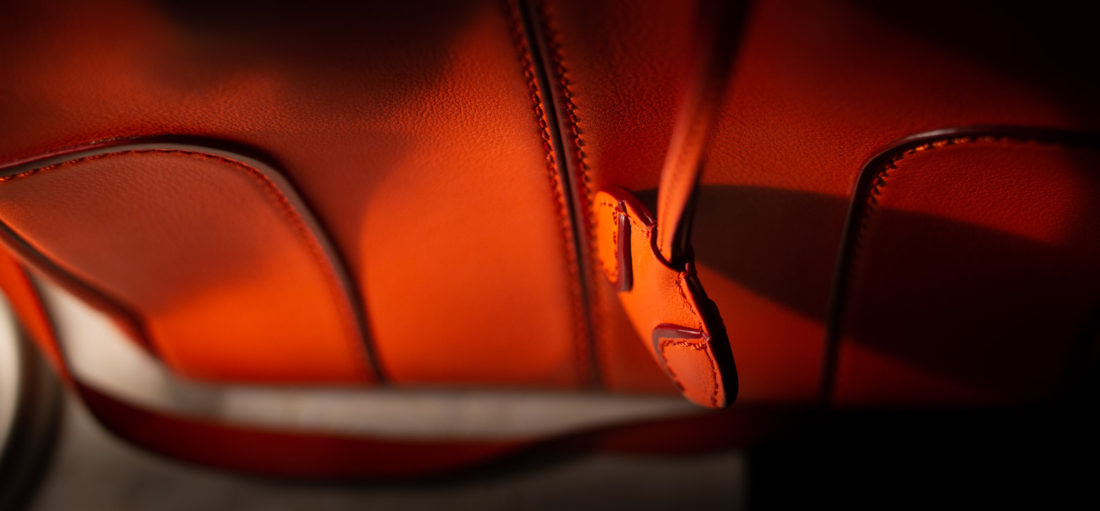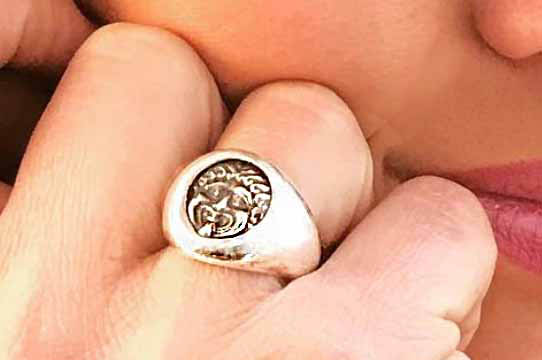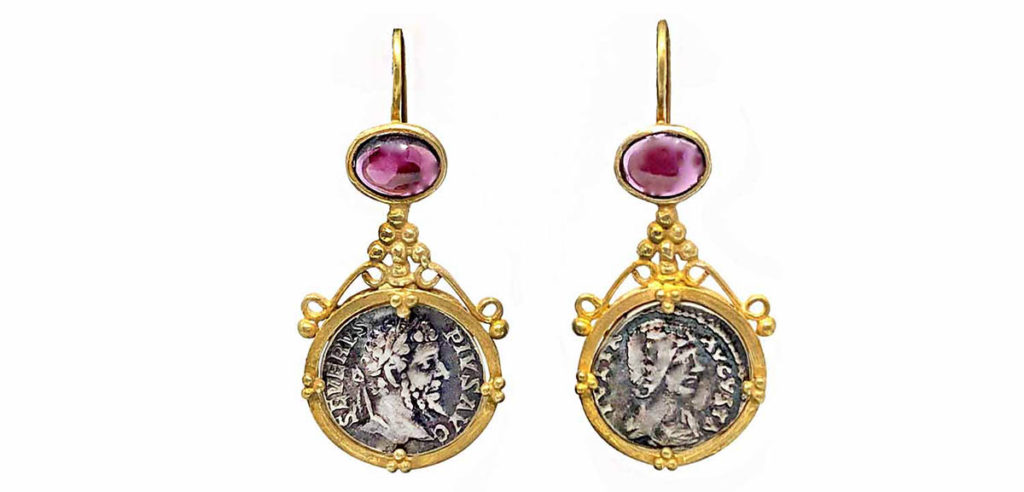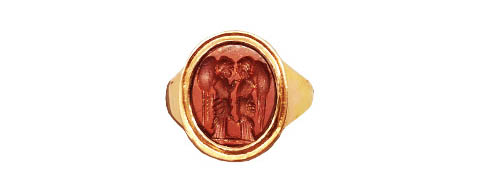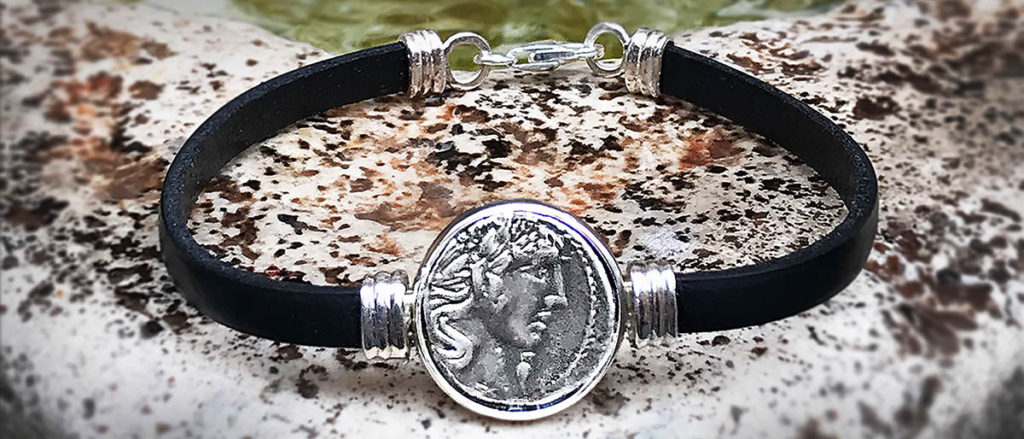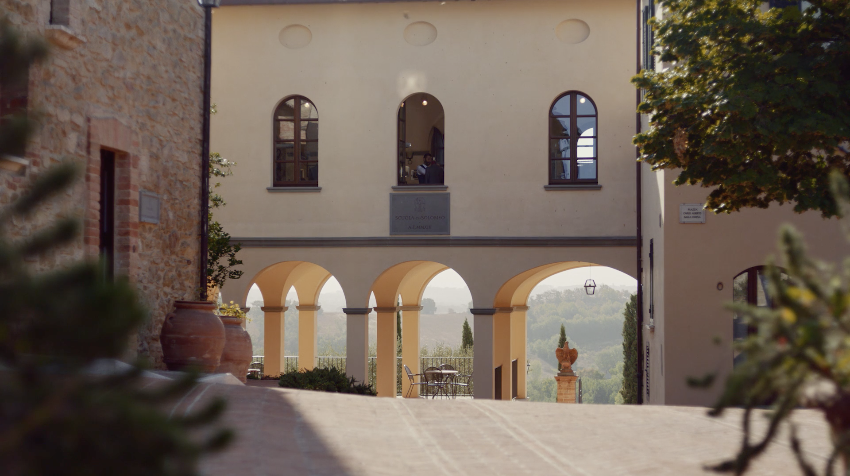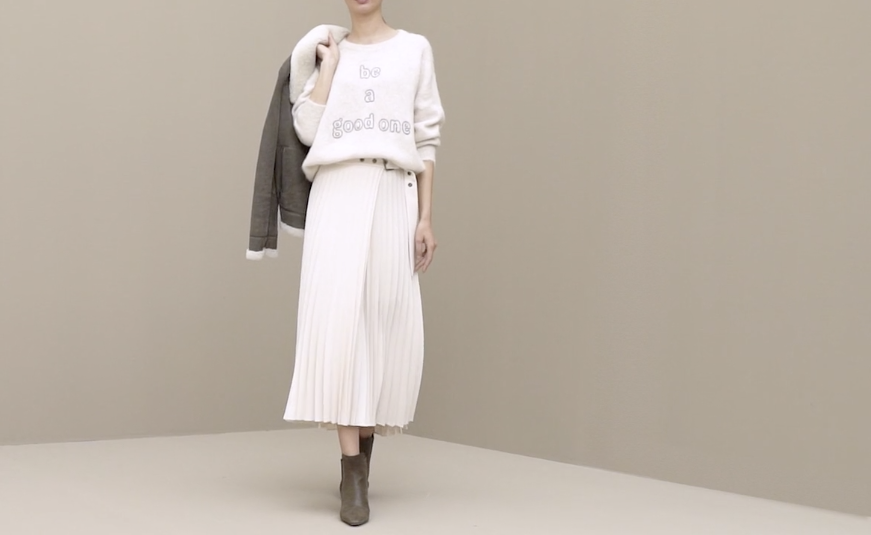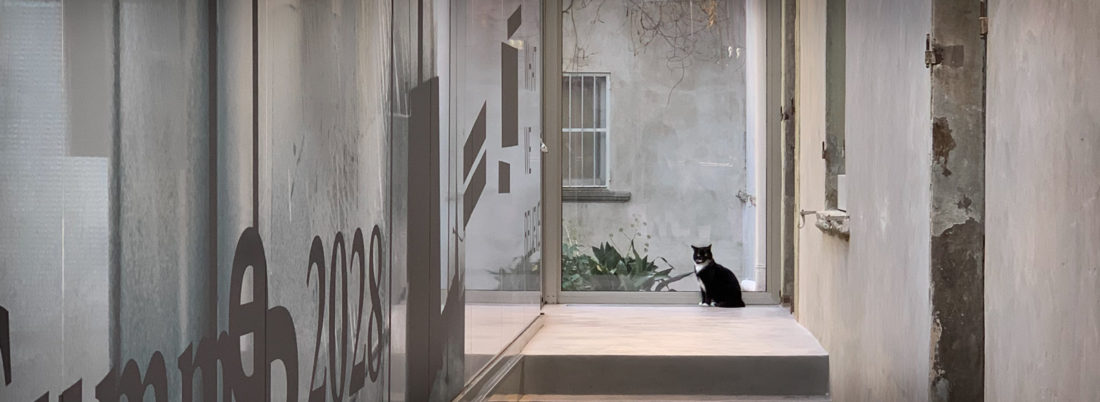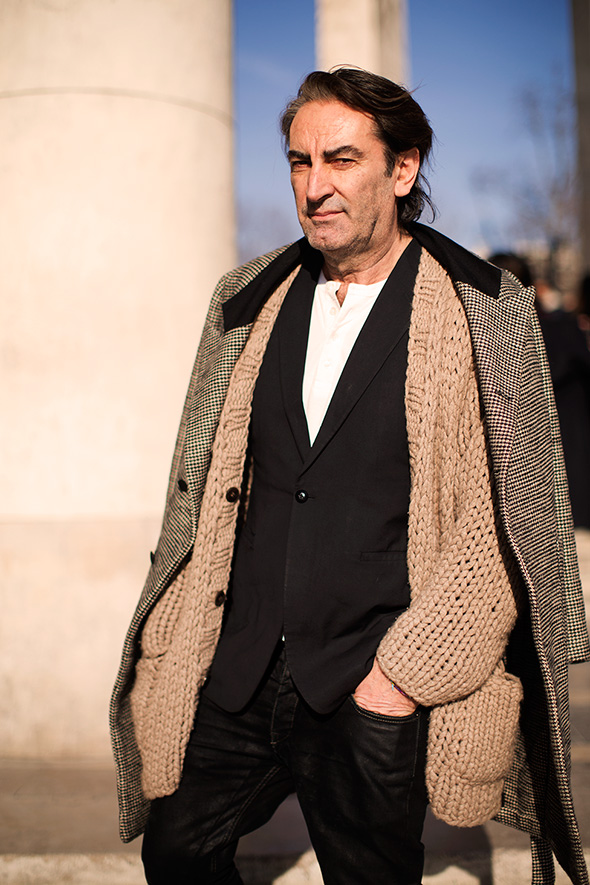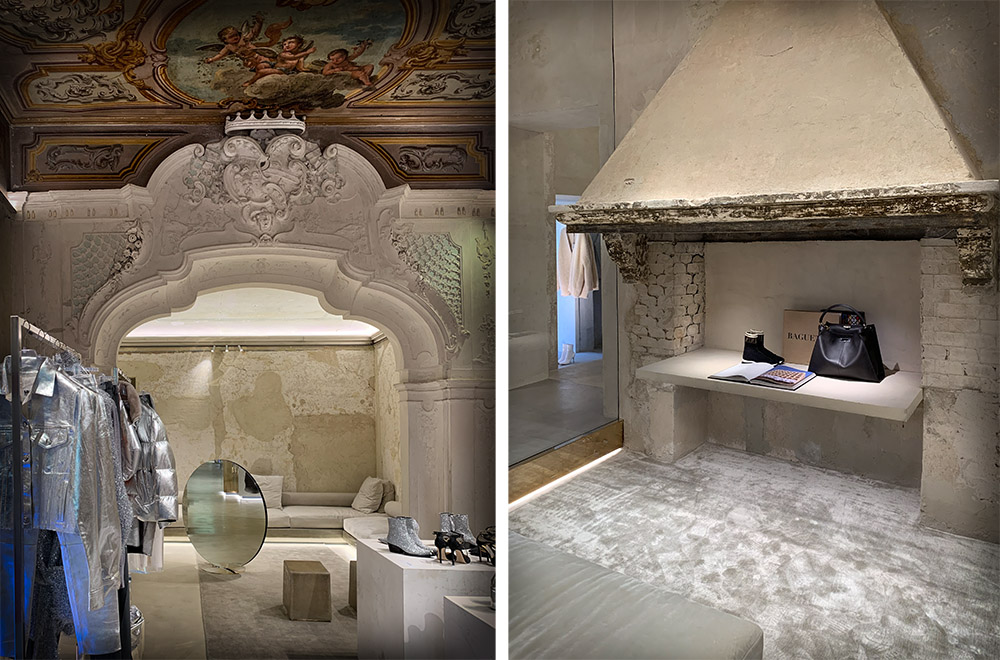How designer shoes and bags are born
Once in awhile a handbag, or pair of shoes, catches my eye and I pick it up to discover a price tag in the thousands of dollars. Little did I guess the origin story of such fabulously overpriced, beautifully made, and highly-coveted accessories. A former Gucci executive explained to me how Italian, French, and American fashion labels share a common supply chain which surprising leads to small garages in the Italian heartland.
Luxury bags and shoes start with great leather. Hides have to be of the highest quality and impeccably dyed. (Another time I will write about the man who is behind creating the “it” colors each season for brands like Chloe.) After a rigorous selection process the hides are dyed and shipped to brands like Gucci for cutting. The hides are very valuable so the process of cutting is a critical control point for profitability. Sloppy cutting results in excess leather which is wasted — unless there is enough of it from a particular pattern to rework into a new design for sale. Cutting is also controlled in-house as there is a temptation for a few “mistakes” that could be sold on the black market by less than scrupulous subcontractors. After it is cut the leather, together with any parts needed to complete the bag or shoes like zippers or metal trim, are put into a bag and shipped out for assembly.
And this is where I think it gets really interesting. All over Italy there is a vast network of highly-trained artisans, many of whom learned the trade through generations of their families, who take the pieces and make the final product by hand. Although many of these workshops are what you expect, larger factory-like buildings with dozens of employees, a significant percentage are actually a couple of people working out of their garages. I love that these items, sold in temple-like shrines of fashion and brandished by celebrities and denizens of the 1% in a constant battle of one-upmanship are actually made by some dude (albeit a master) in a garage in an average Italian town. All earning the coveted “Made In Italy” mark.
I tried to work my contacts to visit one of these micro-workshops but my inquiries were rejected. The identity and location of these prized artisans are closely guarded by both brands and the workers themselves (whose tax reporting may not be fully accurate).
Of course coronavirus has wreaked havoc with many of these workshops, both large and tiny. Many artisans may not be able to carry on as the ecosystem is so tightly dependent on the overall health of the fashion sector, which for Italy is a 165 billion euro part of the economy, expected to be down at least 40% this year. Here are two articles covering the situation from the NYTimes and Fashionista.


